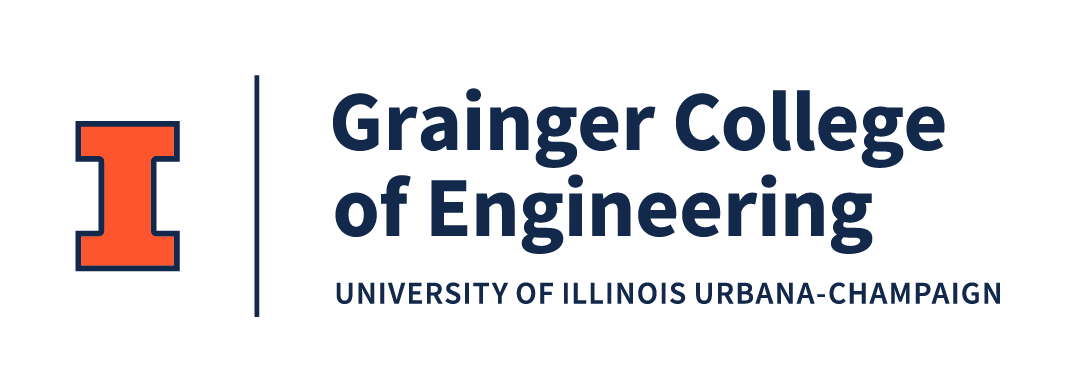Mike successfully completed his MSME defense.
Development of an In Vitro Model for Pancreatic Ductal Adenocarcinoma
Abstract
Pancreatic ductal adenocarcinoma (PDAC) is a disease notorious for poor therapeutic response and low long-term survival. Despite its high fatality rate, there exists only one first line treatment option, on average extending life expectancy by less than six months. While new drugs are frequently developed, the majority fail in clinical trials due to an incomplete understanding of the disease. Xenograft and genetically engineered mouse models (GEMMs) are the most prominent methods by which PDAC is studied. However, these animal models have issues such as cost and resources associated with them. As an alternative to animal models, 3D culture models are being developed to mimic organotypic structure and function, allowing for rapid, controlled, low cost study of disease progression. In this fashion, we have developed a microfluidic model designed to mimic PDAC. In this study we attempted to evaluate the model by culturing two distinct pancreatic cancer cell genotypes carrying some of the most common mutations found in human PDAC.
A simple recreation of the PDAC microenvironment consists of cancer cells arranged in a ductal configuration, surrounded by Type I collagen. KPC-2 and KIC cells, isolated from their respective GEMMs, were used to represent and study genetic mutations of p53 and p16, respectively, in combination with Kras. To simulate the signaling pathways activated in vivo, 3D cultures of each cell type were treated with a solution of TGF-β, a growth factor commonly associated with local invasion and metastasis. While untreated samples showed no significant change over the course of the 48 hour study period, treated samples showed significantly increased cancer cell invasion into the adjacent matrix. KIC samples were found to be far more aggressive than KPC-2 in vitro, mimicking the respective behavior of corresponding GEMMs.
Cancer-associated fibroblasts (CAFs) were next embedded in the collagen matrix to mirror the dense, heterotypic stroma of PDAC. High concentrations of CAFs within collagen were found to severely compact the collagen matrix. CAFs were also found to align along the axial direction of the lumen as well as circumferentially around the duct, mirroring a spatial organization found in vivo. It was qualitatively observed that KPC-2 samples with embedded CAF in the surrounding ECM showed less frequent local invasion than KPC-2 monocultures. One possibility is that CAF lining the duct formed a physical barrier for local invasion. This observation was reminiscent of in vivo studies in which reduced stromal content led to increased tumor aggressiveness.
These results show promise for a model that can adequately replicate the PDAC tumor microenvironment for in vitro study. Further development will be needed to probe specific aspects of the disease such as stromal heterogeneity and ultimately drug response. However, in its current state our model provides a simple, low cost option for studying PDAC in vitro.
